Increased Focus on Patient Engagement
The patient registry-software market is witnessing an increased focus on patient engagement, which is becoming a critical component of modern healthcare. As healthcare systems strive to enhance patient experiences, the integration of patient registry software is seen as a vital tool. Approximately 60% of healthcare providers in the US are prioritizing patient engagement strategies, recognizing that engaged patients tend to have better health outcomes. Patient registries facilitate communication between providers and patients, allowing for more personalized care and improved adherence to treatment plans. This shift towards patient-centered care is likely to drive the adoption of patient registry software, as organizations seek to empower patients and involve them in their own healthcare journeys. The emphasis on patient engagement is expected to significantly influence the growth trajectory of the patient registry-software market.
Growing Demand for Data-Driven Insights
the patient registry-software market is experiencing a surge in demand for data-driven insights.. Healthcare providers are increasingly recognizing the value of utilizing patient registries to enhance clinical decision-making and improve patient outcomes. This trend is underscored by the fact that approximately 70% of healthcare organizations in the US are investing in data analytics tools. By leveraging patient registry software, these organizations can analyze patient data more effectively, leading to better treatment protocols and personalized care. The ability to track patient outcomes and treatment efficacy is becoming essential, as it not only aids in clinical practices but also supports research initiatives. Consequently, the growing emphasis on data-driven insights is likely to propel the patient registry-software market forward, as stakeholders seek to harness the power of data to drive improvements in healthcare delivery.
Advancements in Interoperability Standards
The patient registry-software market is benefiting from advancements in interoperability standards, which are crucial for seamless data exchange among healthcare systems. As the US healthcare landscape evolves, the need for integrated solutions that allow for the sharing of patient information across different platforms is becoming increasingly apparent. The implementation of standards such as Fast Healthcare Interoperability Resources (FHIR) is facilitating the development of patient registry software that can easily communicate with electronic health records (EHRs) and other health information systems. This interoperability not only enhances the functionality of patient registries but also improves the overall efficiency of healthcare delivery. As healthcare organizations strive to create a more connected ecosystem, the advancements in interoperability standards are likely to drive the growth of the patient registry-software market, enabling better data utilization and patient care.
Rising Need for Chronic Disease Management
the patient registry-software market is driven by the rising need for chronic disease management.. With chronic diseases accounting for a substantial portion of healthcare expenditures in the US, estimated at over $3.5 trillion annually, healthcare providers are increasingly turning to patient registries to manage these conditions effectively. Patient registry software enables the systematic collection and analysis of data related to chronic diseases, facilitating better monitoring and treatment strategies. This is particularly relevant as the US population ages, leading to a higher prevalence of chronic conditions. The ability to track patient progress and outcomes through registries is becoming essential for healthcare providers aiming to improve care quality and reduce costs. As a result, the demand for patient registry software is likely to grow, driven by the urgent need for effective chronic disease management solutions.
Emphasis on Quality Improvement Initiatives
The patient registry-software market is experiencing a heightened emphasis on quality improvement initiatives within healthcare organizations. As the focus on value-based care intensifies, providers are increasingly utilizing patient registries to monitor and enhance the quality of care delivered to patients. Approximately 75% of healthcare organizations in the US are implementing quality improvement programs, which often rely on data collected through patient registries. These initiatives aim to identify areas for improvement, track performance metrics, and ensure compliance with best practices. By leveraging patient registry software, healthcare providers can systematically analyze patient outcomes and implement targeted interventions to improve care quality. This growing emphasis on quality improvement is expected to significantly influence the patient registry-software market, as organizations seek to enhance their performance and deliver better patient care.


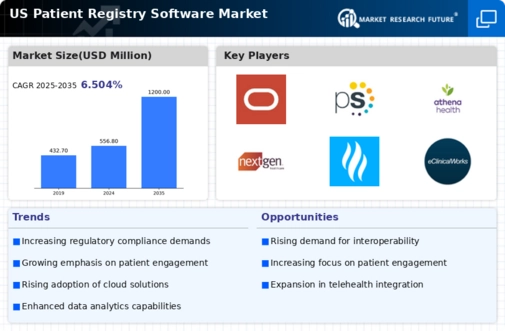
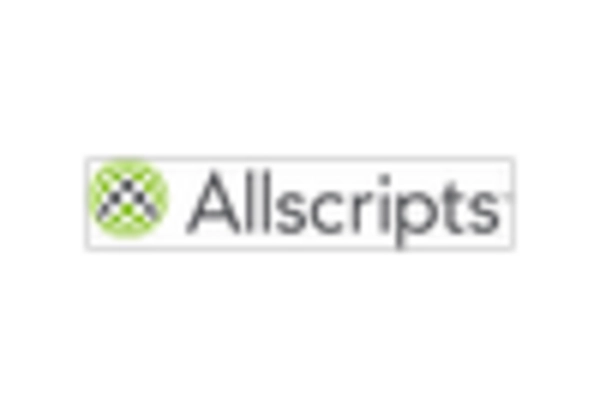
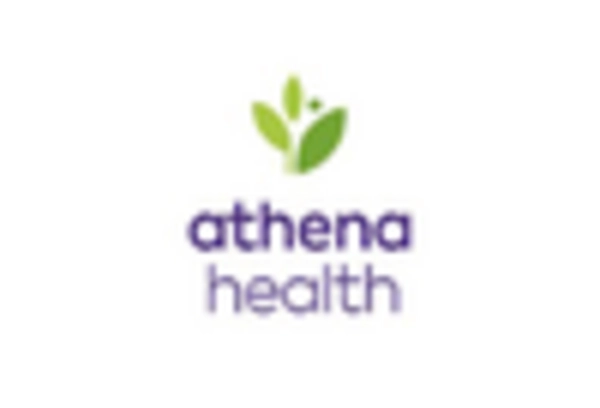
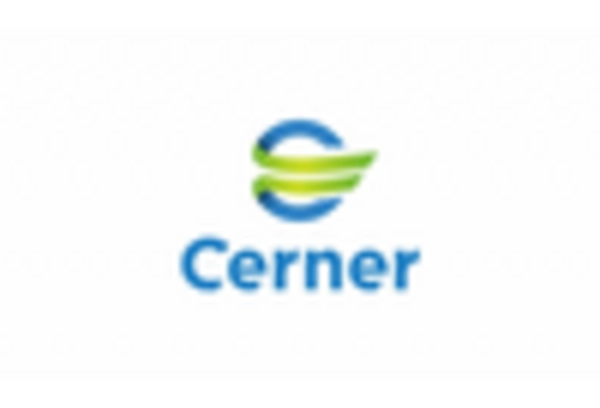
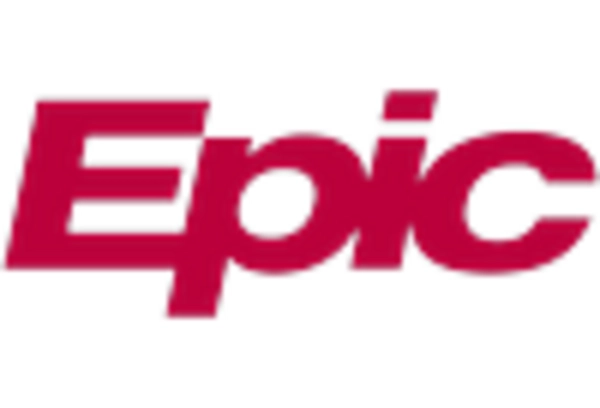
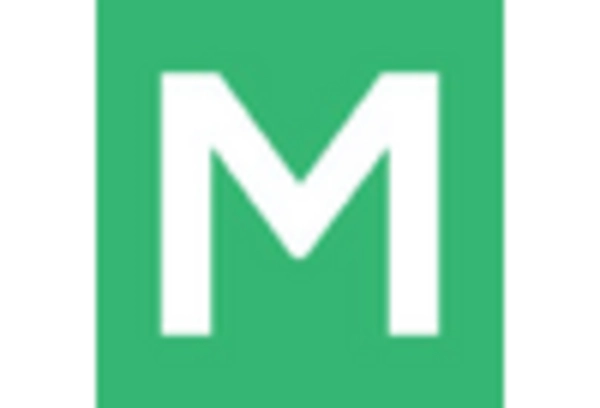
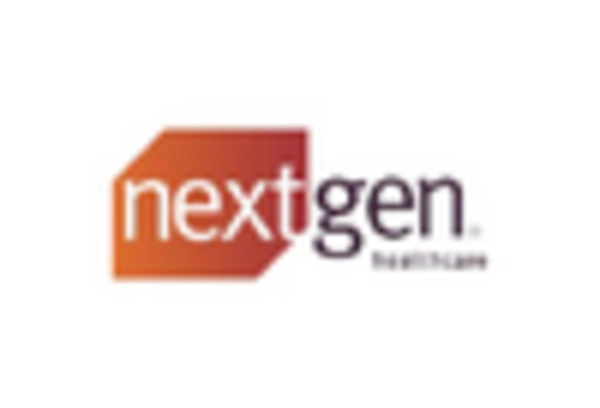








Leave a Comment